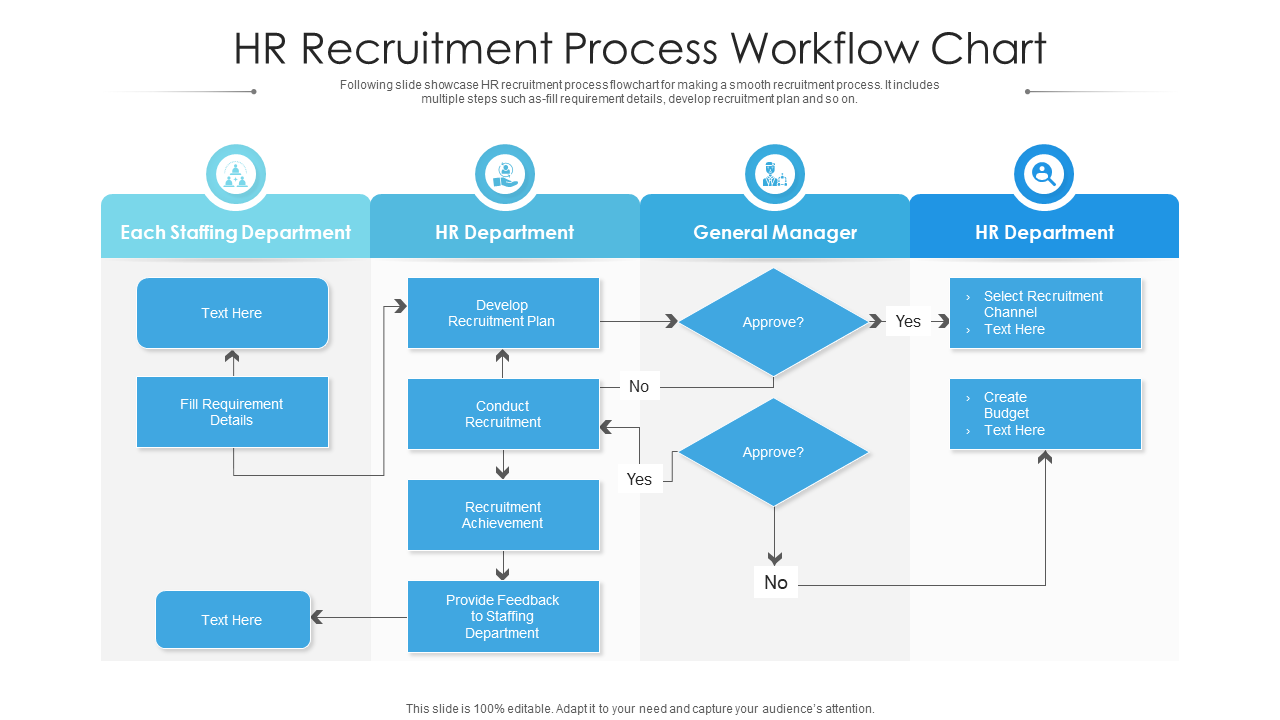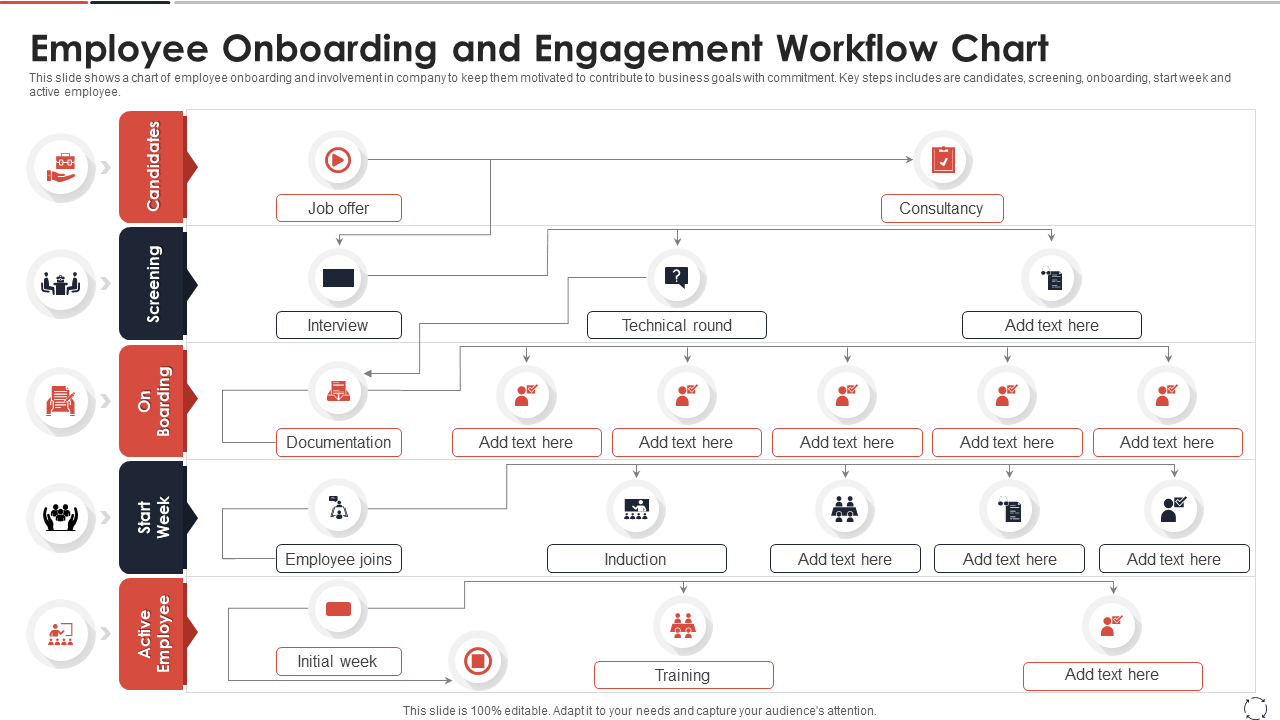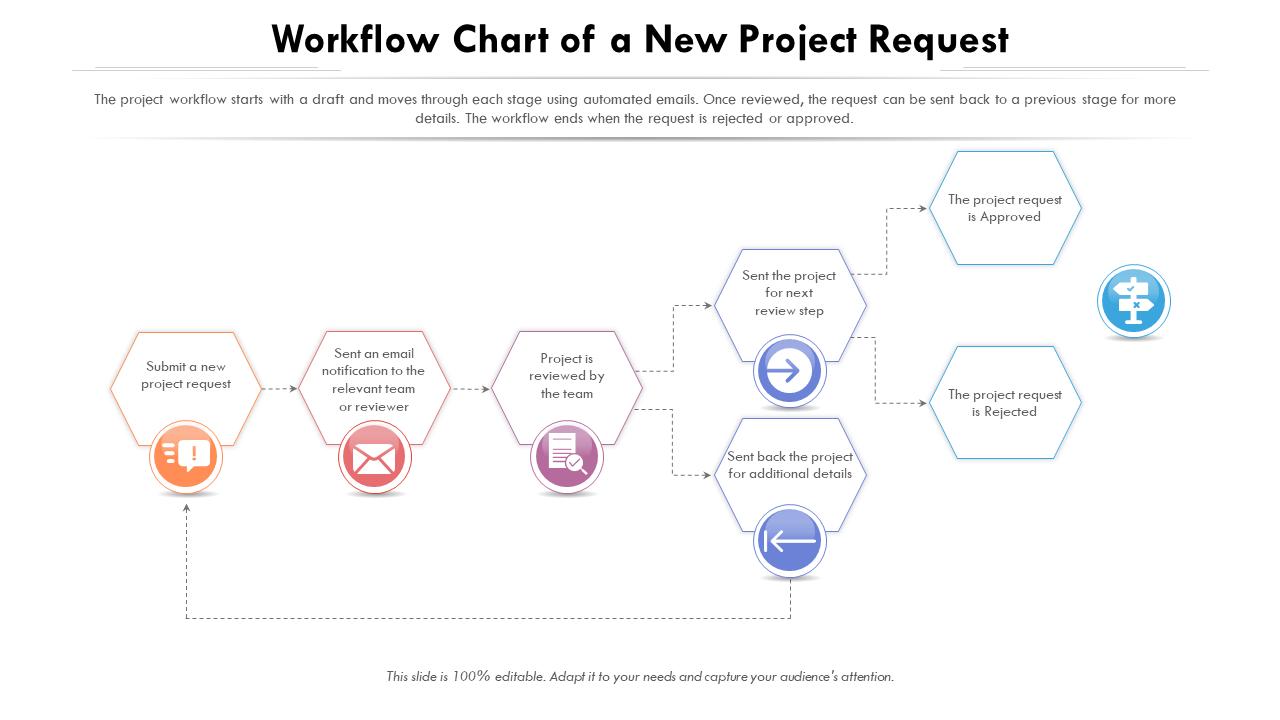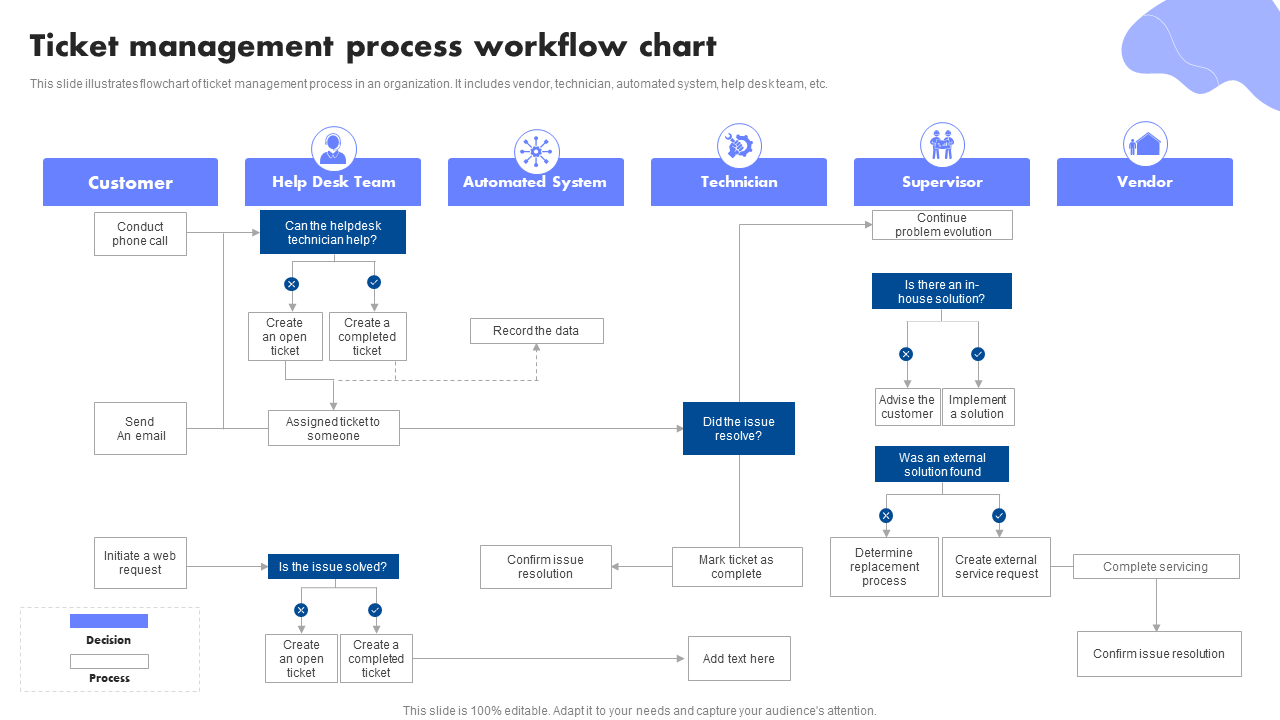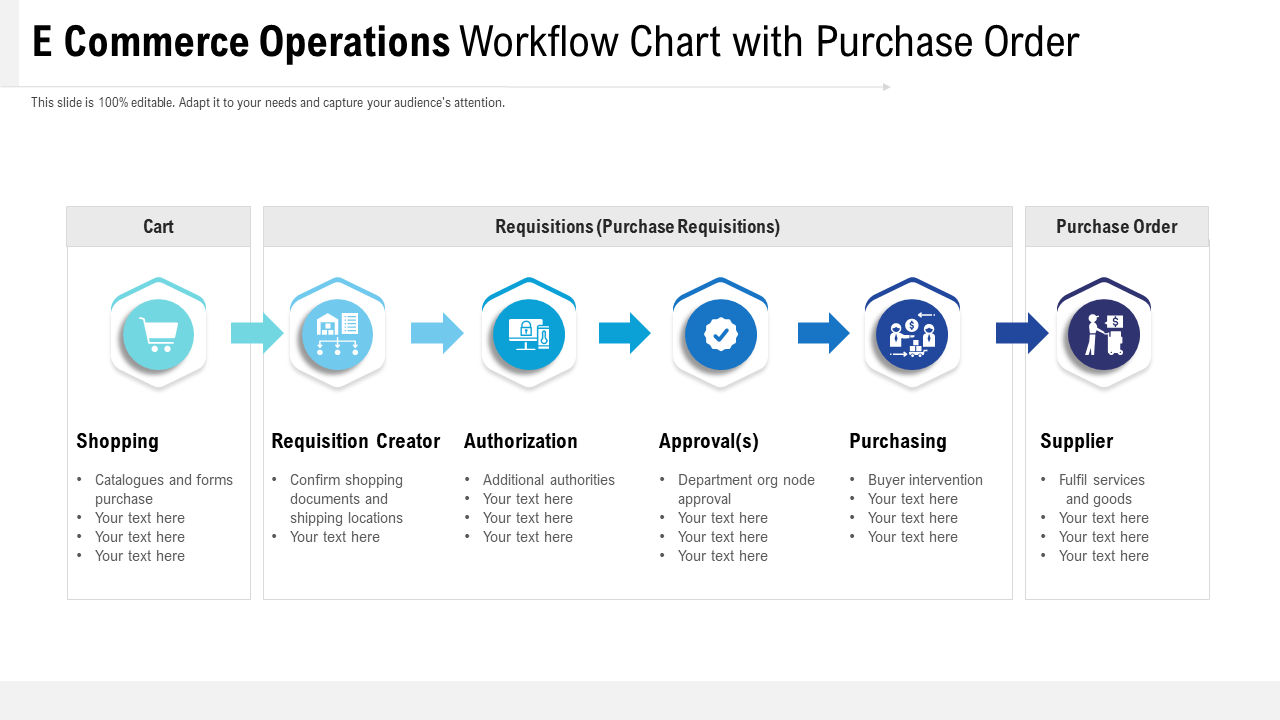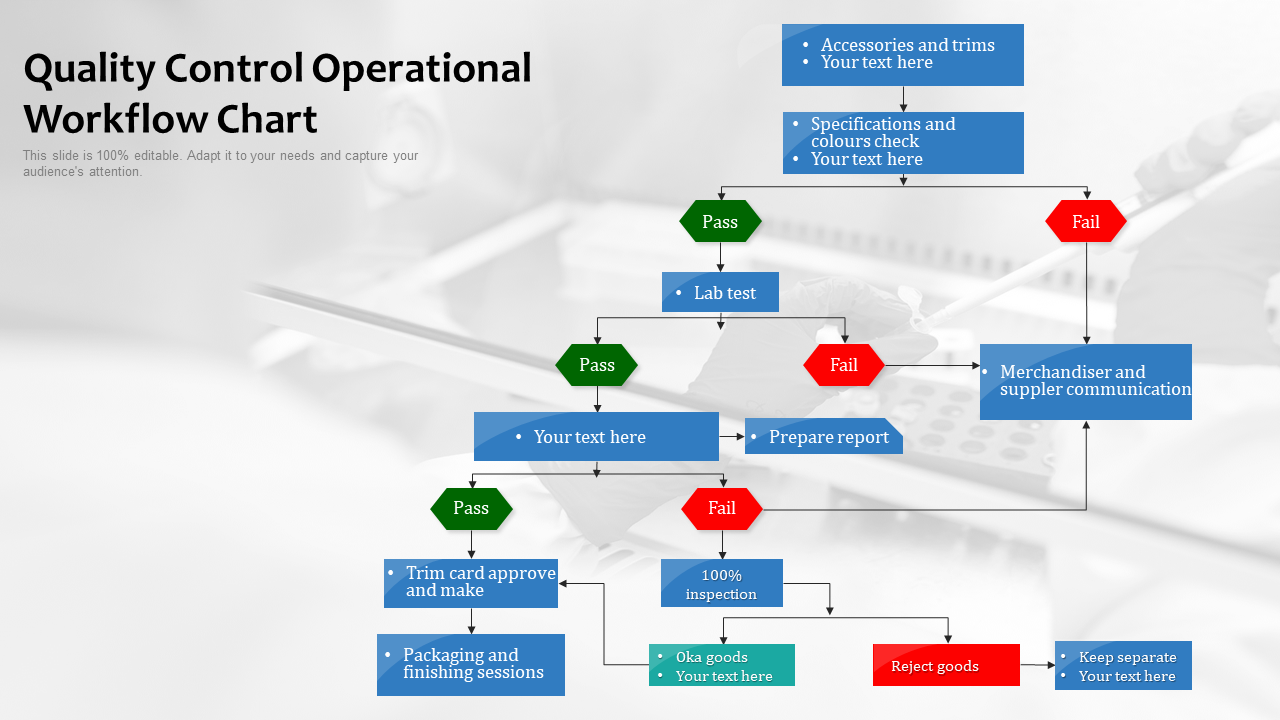Suppose you are the conductor of a symphony orchestra. You're working on your masterpiece, and each section of the orchestra has a specific role to play in bringing your vision to life. The strings, woodwinds, brass, and percussion must all work in harmony to create a beautiful and cohesive piece of music.
A workflow is similar to a symphony. It is a critical business process that allows organizations to streamline operations and increase overall efficiency. It involves deciding the steps needed to complete a task or achieve a specific goal and assigning these tasks’ steps to the appropriate individual(s) or teams. Furthermore, businesses can boost productivity, cut costs, and improve customer satisfaction by optimizing workflows.
Before Going Further, Let’s Check Out the Pros and Cons of Workflow Templates in Business.
Businesses need workflow chart templates to improve their efficiency, productivity, and profitability. With the help of a well-designed template, businesses can standardize their procedures, lower error rates, and boost quality control.
A workflow chart template also enhances resource utilization, reduces turnaround times, and improves communication and collaboration among team members. According to a ServiceNow survey, organizations that use workflow chart templates reported significant improvements in business outcomes, such as:
- Increased productivity: 77% of respondents.
- Improved efficiency: 74% of respondents.
- Faster turnaround times: 70% of respondents.
- Improved quality: 67% of respondents.
- Increased customer satisfaction: 61% of respondents.
A bad workflow template, on the other hand, can result in inefficiencies, delays, errors, and a loss of quality control. According to a K2 survey, 54% of employees have experienced errors or delays because of a poorly designed workflow. This can result in missed deadlines, dissatisfied customers, and decreased profitability.
A bad workflow can also result in increased costs. According to a McKinsey & Company study, businesses that invest in workflow enhancement can still save up to 20-30% on costs. On the other hand, companies with poorly designed workflows may face additional expenses due to inefficiencies, redundancies, and errors.
In this article, we’ll provide you with the Top 7 workflow chart templates that will help you process business improvements and build systems that will manage themselves. Let’s begin!
Template 1: HR Recruitment Process Workflow Chart
This must-have PPT Theme will make the candidate screening process much easier as it streamlines each step and ensures that all necessary tasks are completed efficiently. This template will also help the HR team in eliminating errors, redundancies, and delays. Download this template to create a faster and more effective recruitment process, better candidate experiences, and productive hiring.
Template 2- Employee Onboarding and Engagement Workflow Chart
The candidate onboarding says a lot about the company’s culture. This PPT Layout will help you in presenting your company’s positive environment. Using this template, new employees can seamlessly integrate into their roles and adapt to the company culture while existing employees can feel supported and engaged. The end result? A team that is connected, motivated, and ready to perform productively.
Template 3- Workflow Chart of a New Project Request
New projects are considered baby projects because they ask for a lot of time, effort, and productivity. Let this chart help you! By providing you with a clear and organized visual representation of the tasks needed to complete the project, this template will help you simplify the process and ensure that all necessary steps are taken on time. This results in a more efficient and successful project outcome.
Template 4- Ticket Management Process Workflow Chart
Tickets represent issues faced in the organization either by existing customers or employees. While we struggle between raising and finding steps to solve such tickets, this Ticket Management Process Chart will unravel this concern in less than a minute. This workflow chart plays a big role in improving customer satisfaction and gaining their trust as it provides them with a clear and defined process for handling tickets. It also helps the organization in keeping track of the tickets that are acknowledged and resolved within the specified timeframe.
Template 5- Five Levels Non-profit Org Development Workflow Chart
Non-profit organizations are built to serve the marginalized in our society. The more difficult it is to unite this section, the more difficult it is to manage it. This non-profit development template will help you in managing your tasks on time. It is divided into five major levels starting from the fundraising to the nominating committee. Download this template to create a more significant positive impact on the community.
Template 6- E-Commerce Operations Workflow Chart with a Purchase Order
In e-commerce, this PPT Slide will guide the team and facilitate real-time communication and collaboration. This results in effective purchase order tracking and managing tasks, and inventory. It also improves efficiency and processes, and ensures all orders are delivered on time, resulting in higher customer satisfaction, and increased sales.
Template 7- Quality Control Operational Workflow Chart
This pre-designed editable PowerPoint Preset is topically created to help you provide a backdrop to any subject. This is the most in-demand workflow template in the market because of its flexibility. Any organization can use this template to present the history and future of any project to the target clients. This editable template is divided into eight stages that will welcome you with the liberty to explain your subject in detail.
Conclusion
Workflow chart templates are an essential aspect of business operations. They provide a systematic approach to managing tasks, processes, and resources, leading to increased efficiency, improved productivity, and enhanced performance. With SlideTeam’s workflow chart templates, businesses can streamline their operations, reduce errors and delays, and ensure that tasks are completed in a timely manner.
It also facilitates effective team bonding and communication, enabling them to work together toward the common goals. In this competitive business environment, you must take a look at these Top 10 Project Management Workflow Templates as well to take your business to new heights.
SlideTeam’s workflow chart templates will help you stay ahead of the game, improve customer satisfaction, and drive profitability. They are essential for the success and growth of any business.
FAQs on Workflow Charts
What is a workflow chart?
A workflow chat, also called a workflow diagram, is a graphical representation of a business process that shows the number of actions, decisions, and necessary steps to be taken to achieve a certain goal. It is a graphical tool that allows businesses to analyze and simplify workflows, identify potential bottlenecks, and maximize efficiency.
Workflow charts use standard symbols and shapes to represent different business processes such as tasks, decisions, inputs, and outputs. They can be used later to communicate with the stakeholders, document the workflow for training purposes, and track project progress.
Workflow charts are also beneficial in helping employees understand their roles and the order in which work must be completed.
What is the purpose of a workflow chart?
The purpose of workflow charts is to provide a visual representation of a business process, showing the steps involved, the people or departments responsible, and the decision points or branches. Workflow charts help businesses in understanding, analyzing, and improving their operations, with the identification of bottlenecks, inefficiencies, or redundancies in the process.
Overall, the purpose of workflow charts is to help businesses streamline their operations, improve their efficiency, and achieve their goals more effectively.
What are the 4 main flowchart types?
While there are numerous variations and versions of flowcharts, there are four flowchart types that are particularly popular and versatile. These four common types are outstanding for describing business, manufacturing, or administrative processes, as well as how an organization operates or how different departments collaborate.
- The Process Flowchart or Communication Flow Chart
- The Workflow Chart or Workflow Diagram
- The Swimlane Flowchart
- The Data Flowchart
How do you create a workflow diagram?
To create a workflow diagram, you can follow these steps:
- Identify the process or task you want to diagram, and determine its scope and objectives.
- List the key steps involved in the process, including any decision points or branches.
- Determine the inputs and outputs of each step, and identify any dependencies or interactions.
- Use standard symbols and shapes to represent each step, decision point, input, and output.
- Connect the symbols with arrows to show the sequence and flow of the process.
- Add any necessary details, such as people or departments responsible, timeframes, or resources needed.
- Test and refine the diagram as needed, to ensure accuracy and clarity.


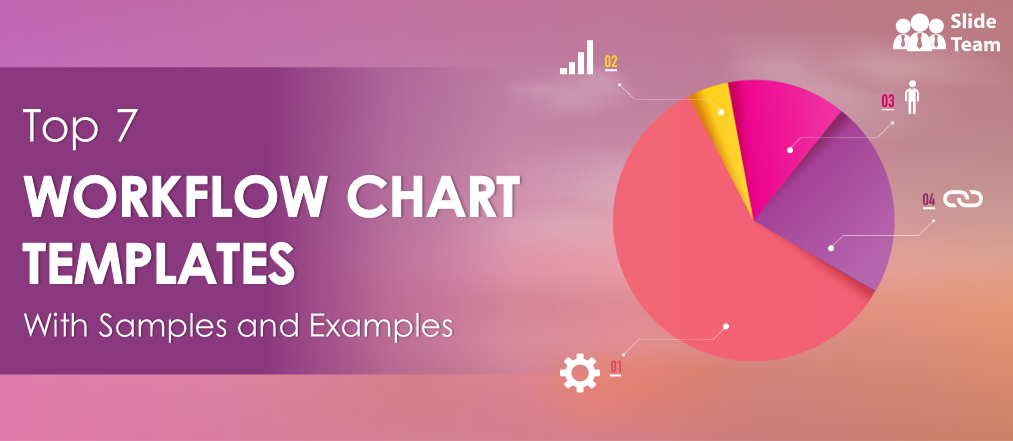


 Customer Reviews
Customer Reviews

